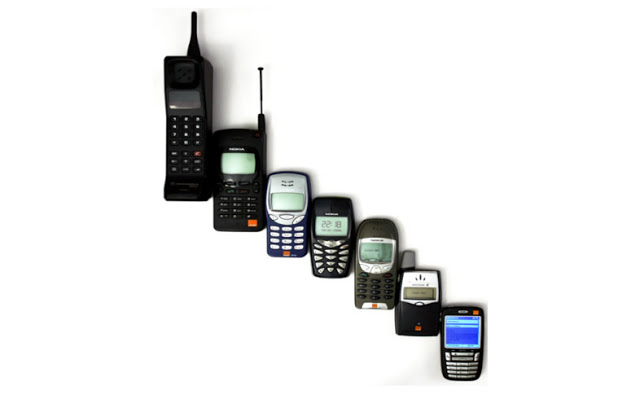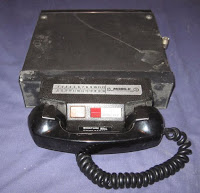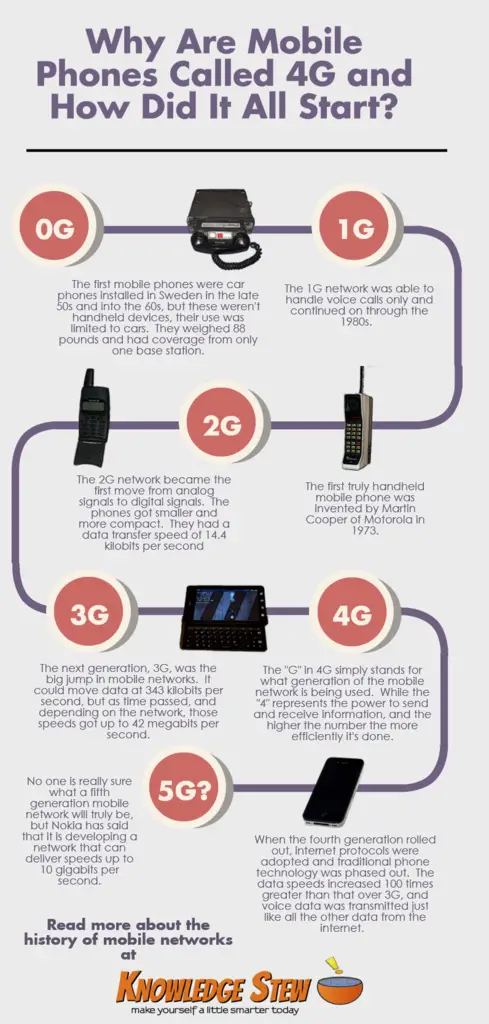 The answer to the question of what 4G means may be known by many, but why is it classified in that way and how did it start? There is even a new version just on the horizon.
The answer to the question of what 4G means may be known by many, but why is it classified in that way and how did it start? There is even a new version just on the horizon.
The “G” in 4G simply stands for what generation of the mobile network is being used. While the “4” represents the power to send and receive information, and the higher the number the more efficiently it’s done. But where did 4G come from?
The first mobile phones were car phones installed in Sweden in the late 50s and into the 60s, but these weren’t handheld devices, their use was limited to cars. They weighed 88 pounds and had coverage from only one base station. They also could only have a limited number of users at one time. This was 0G, or zero generation network.

1G
The first truly handheld mobile phone was invented by Martin Cooper of Motorola in 1973. He made the first call to his rival, Joel Engel, who worked at Bell Labs on April 3, 1973. This was the first time users could move between stations without losing their call. In 1979, NTT, a Japanese telecommunications company, covered all of Tokyo using 23 stations. The 1G network was able to handle voice calls only and continued on through the 1980s.

2G
The 2G network began in 1991 in Finland with the Radiolinja’s GSM network. This became the first move from analog signals to digital signals. The phones got smaller and more compact. They had a data transfer speed of 14.4 kilobits per second, slightly behind the modem speeds used for home computing in the mid-1990s of 28.8 and 33.6 kilobits per second.
3G

The next generation, 3G, was the big jump in mobile networks. It could move data at 343 kilobits per second, but as time passed, and depending on the network, those speeds got up to 42 megabits per second. It was first tested in 2001 by NTT, the same Japanese company that made the first 1G network. 3G made internet access available and easy to use. This allowed the advent of the first smart phones.
4G

When the fourth generation rolled out, internet protocols were adopted and traditional phone technology was phased out. The data speeds increased 100 times greater than that over 3G, and voice data was transmitted just like all the other data from the internet. 4G also has 4G LTE. The LTE means Long-Term Evolution and can download data up to 100 megabits per second. There is even one past that called 4G LTE-A, with the “A” meaning advanced. Download speeds here can go as high as 1 Gigabit per second. LTA-A networks began in the U.S. in some cities in 2014. You’re probably not getting the speeds mentioned here, and no commercial carriers can deliver these speeds. The mobile networks only have to demonstrate they can offer these speeds even though no one is getting them. But the speeds offered by 4G are usually sufficient to do whatever it is you need to do.
5G?
No one is really sure what a fifth generation mobile network will truly be, but Nokia has said that it is developing a network that can deliver speeds up to 10 gigabits per second. That’s fast enough to download a full-length HD movie to your phone in only a few seconds. They don’t expect deployment until at least 2020, but they’ve already began testing the network and have managed speeds up to 7.5 gigabits per second so far. Why we would need something this fast, I’ll never know, but go ahead, bring it on.
And here’s a bonus infographic that sums it all up.



